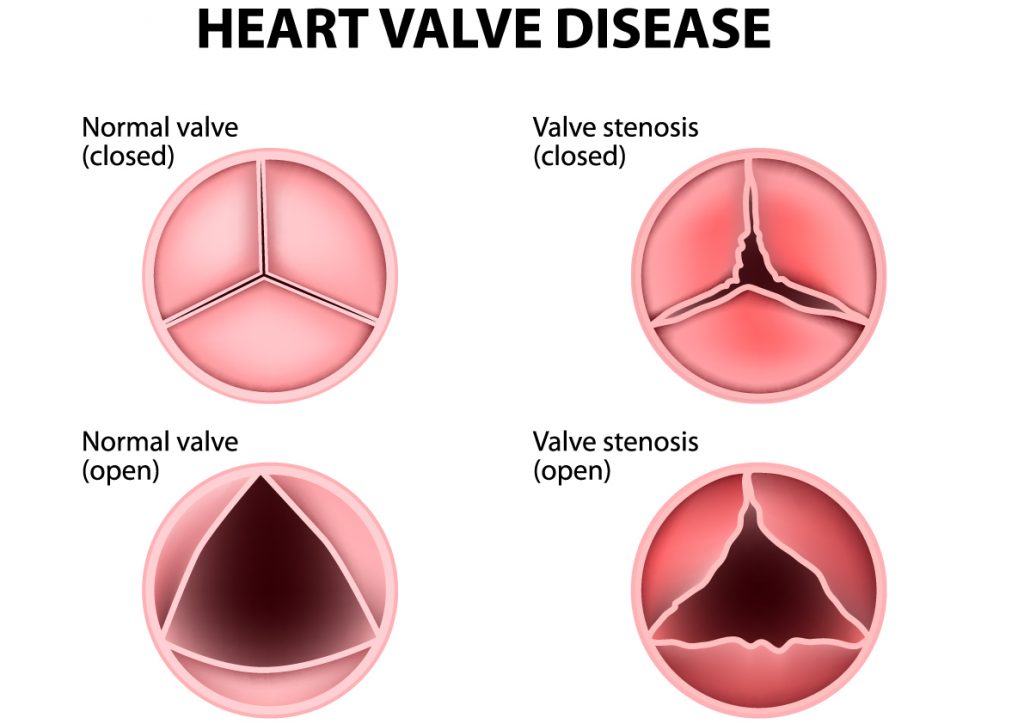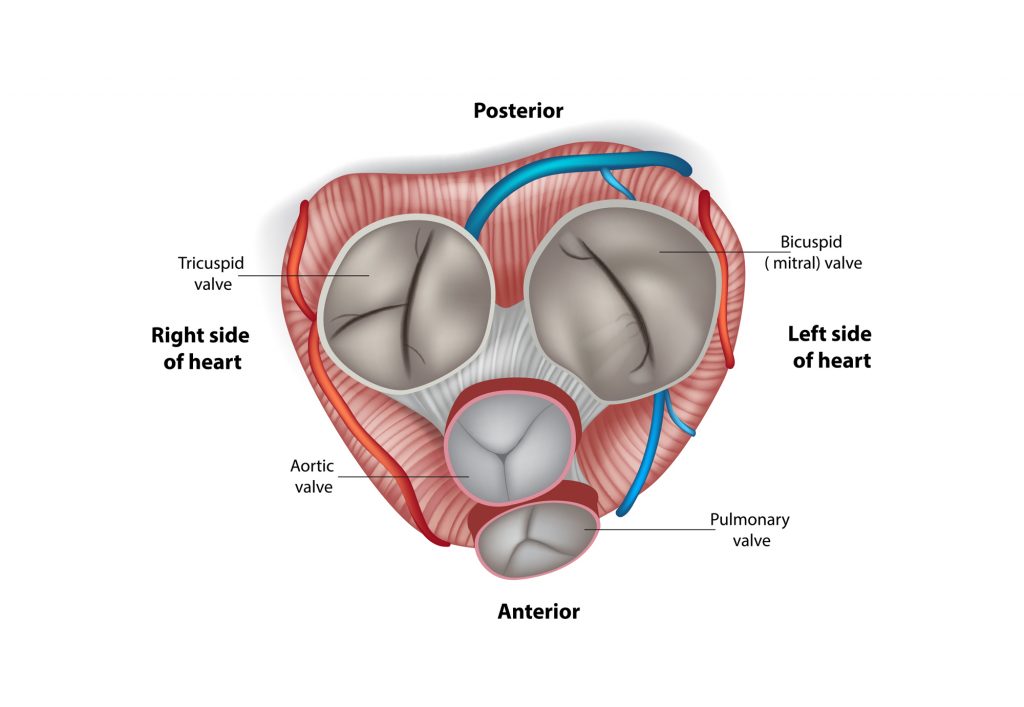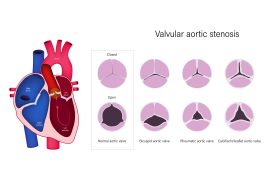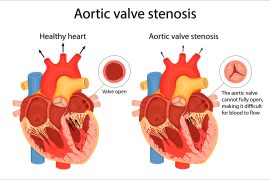The heart is one of the most important organs in the human body. The function of the heart is to pump blood. The human heart has four chambers. Each chamber has its own valve to make sure blood flows in the right direction. Before leaving the heart, the aortic valve is the final one amongst the four valves through which the blood flows. The aortic valve’s task is to pump blood that is rich in oxygen into the largest blood vessel in your body, referred to as the aorta.
The aortic valve has leaflets which open and closes during each heartbeat. In some heart diseases, the valve does not open or close properly disrupting the blood flow to the body. This may lead to the valve leaking and is called valvular regurgitation.
Another form of valve disease is valvular stenosis that commonly affects the aortic valve. This condition occurs due to calcium build-up on the leaflets leading to the stiffing of the valve. The severity of aortic stenosis increases with age and can be classified as mild, moderate, and severe. The stiffing of the valve prevents it from opening fully which reduces or blocks the blood flow from the heart to the rest of the body.



Your heart needs to work more than normal to supply blood to the entire body when the flow of blood through the aortic valve gets lessened or stops completely due to blockage. Eventually, this extra work limits the amount of blood it can pump, and this can cause symptoms as well as possibly weaken your heart muscle.
Calcium deposition in the valve, defects present in the heart from birth and strep throat infection (rheumatic fever) are a few of the causes of aortic stenosis.
Some people with aortic valve stenosis may not experience any symptoms for many years.
Signs and symptoms of aortic valve stenosis may include:
- ·Abnormal heart sound (heart murmur) heard through a stethoscope
- ·Chest pain (angina) or tightness with activity
- ·Feeling faint or dizzy or fainting with activity
- ·Shortness of breath, especially when you have been active
- ·Fatigue, especially during times of increased activity
- ·Heart palpitations — sensations of a rapid, fluttering heartbeat
- ·Not eating enough (mainly in children with aortic valve stenosis)
- ·Not gaining enough weight (mainly in children with aortic valve stenosis)
If you have the above symptoms, don’t worry. Visit your doctor today.




